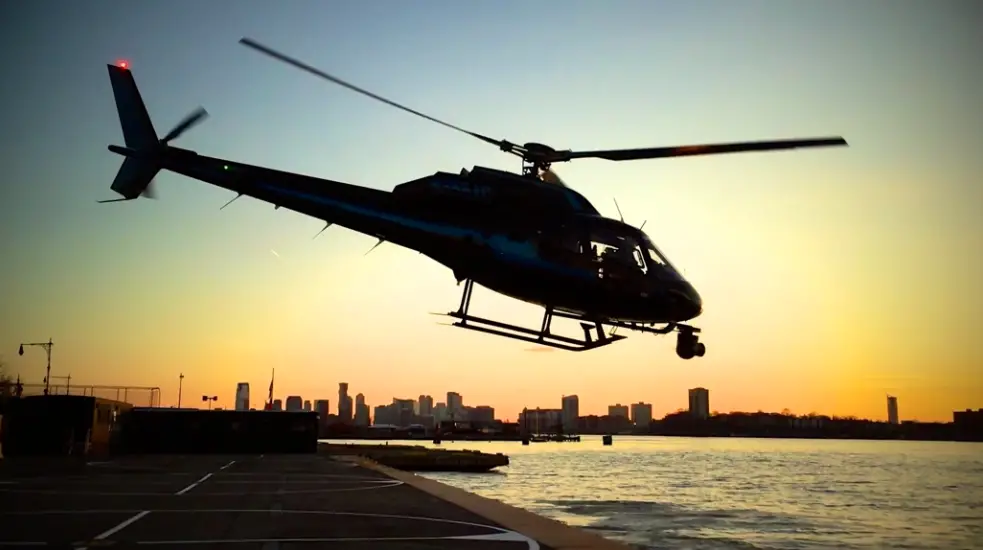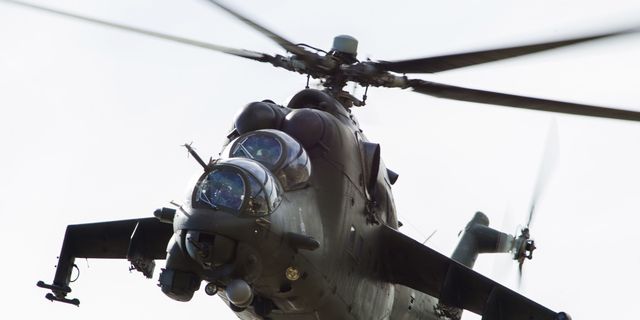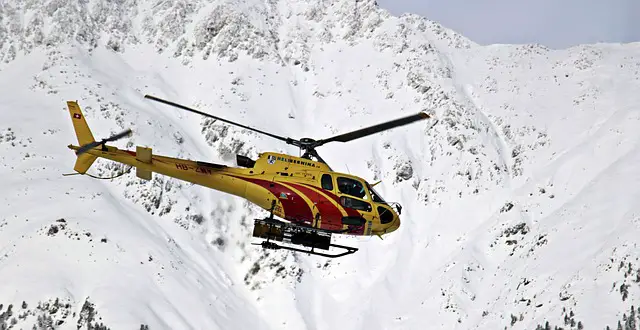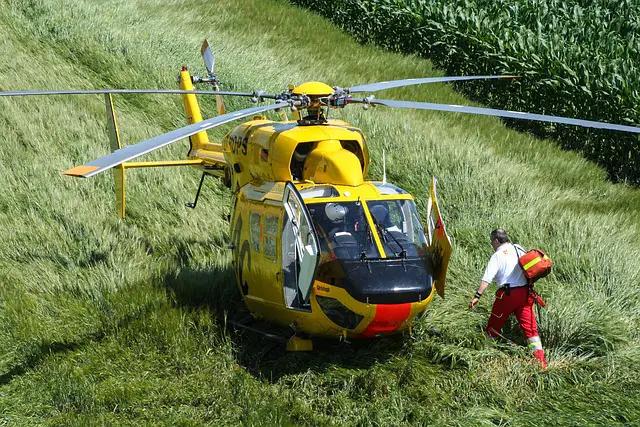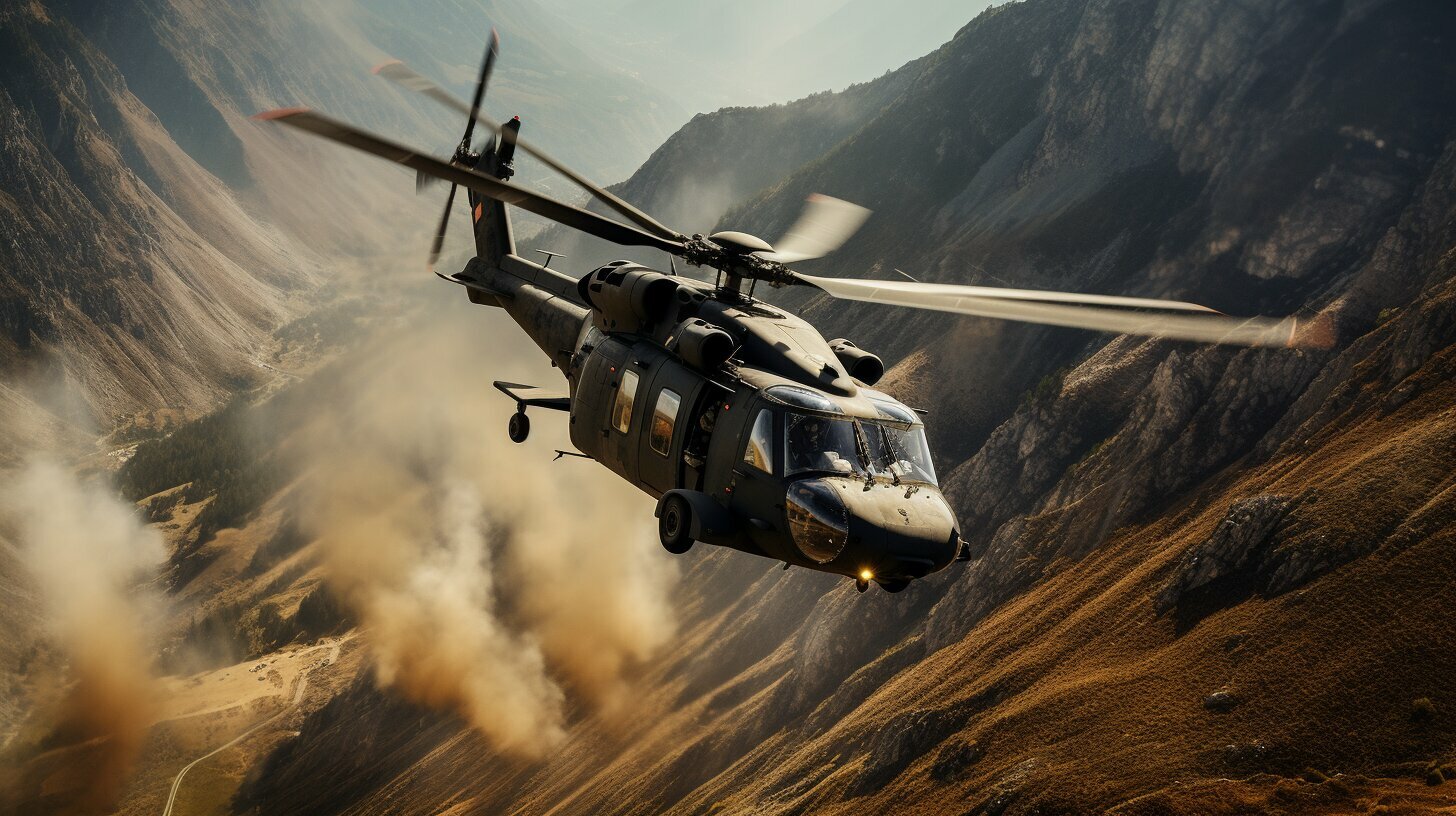
Advantages and Disadvantages of Helicopters
Helicopters, with their unique capabilities and features, have become an integral part of various industries across the globe. In this article, we will dive into the world of helicopters, exploring both their advantages and disadvantages in different scenarios.
A Brief History of Helicopter
The helicopter’s development dates back to some of the earliest ideas about human flight, with prototype designs appearing in ancient Chinese crafts as early as 400 BC.
The first successful helicopter flight took place in 1939 when Igor Sikorsky’s VS-300 achieved liftoff in Connecticut. Since then, helicopters have undergone countless improvements and innovations for various applications ranging from military combat missions to search and rescue operations.
Helicopter Design And Mechanics
Helicopters are unique aircraft that rely on rotor blades to generate lift and allow vertical takeoff and landing. These rotor blades are attached to a central shaft connected to the engine and transmission system.
In addition to their rotor systems, helicopters have several other key features distinguishing them from fixed-wing aircraft. One of these is their ability to hover in place or fly backward and sideways by adjusting the pitch of their rotor blades.
Another important aspect of the helicopter design is safety. Helicopters are equipped with advanced flight control systems that enable pilots to quickly respond to changes in wind conditions or other environmental factors.
Despite these benefits, helicopters have some notable disadvantages to consider when selecting an aircraft for specific applications.
Advantages Of Helicopters
Helicopters provide unique advantages such as vertical takeoff and landing capabilities, access to remote locations, task versatility, quick emergency response time, hovering ability, and suitability for specific operations.
Vertical Takeoff And Landing Capabilities
One of the most significant advantages of helicopters is their ability to take off and land vertically, which means they do not require a runway. This feature allows helicopters to access places that airplanes cannot.
Vertical takeoff and landing capabilities also enable emergency response teams to reach disaster sites quickly and efficiently. In natural disasters like hurricanes, earthquakes, or floods where roads are blocked, rescue teams can fly directly to affected areas in helicopters without worrying about infrastructure limitations or lack of airports.
Ability To Hover In Place
One of the significant advantages of a helicopter is its ability to hover in place. This unique feature allows the pilot to keep the aircraft stationary mid-air, making it possible to perform tasks that would otherwise be impossible for an airplane.
Hovering has numerous applications, including search and rescue operations where victims need airlifting from remote or inaccessible areas. The hovering feature is also handy during precision jobs like helicopter logging or at construction sites of high-rise buildings, power lines, and oil rigs.
Moreover, when landing is not feasible due to space limitations or danger from nearby obstacles such as trees, gaps between buildings or mountainsides, a helicopter’s ability to hover becomes even more valuable.
Access To Remote Or Difficult Locations
As mentioned earlier, helicopters are renowned for their ability to access remote or difficult locations that other aircraft cannot reach, such as remote areas or congested urban areas. Due to their vertical takeoff and landing capabilities, they can easily hover over rugged terrain or land in small spaces such as building rooftops.
Helicopters can also provide transportation services in remote areas without roads or airports. For example, a helicopter can transport personnel and supplies to oil rigs, logging camps, and mining sites far from civilization.
Versatility And Flexibility
Helicopters are known for their versatility and flexibility. Unlike airplanes, helicopters can maneuver in any direction. Helicopters can fly at low altitudes and slow speeds, allowing them to perform numerous tasks such as emergency medical evacuations, aerial logging operations (timber harvesting in forests), search and rescue missions, tourism flights, and transportation of goods.
Whether in remote areas or dense urban settings, its ability to reach almost anywhere quickly and efficiently at lower altitudes than commercial jets or prop planes offers unique logistical options that make helicopters an excellent choice for specific tasks.
These tasks range from VIP trips for customers who want fast access between cities to delivering time-sensitive cargo like vaccines when road transport isn’t feasible due to either geography (i.e., rural areas) or political instability (i.e., war-torn regions).
Quick Response Time In Emergency Situations
One of the greatest advantages of helicopters is their ability to respond quickly to emergencies. Every second counts when lives are on the line, and helicopters can provide rapid transport for medical or rescue teams to reach victims in remote, inaccessible areas.
In some cases, helicopters can also be used as aerial ambulances with trained paramedics onboard who can provide life-saving care en route to a hospital. For example, during natural disasters like hurricanes or earthquakes that may disrupt transportation infrastructure on the ground, helicopters can airlift people from danger zones and deliver them safely to temporary shelters or hospitals.
Suitability For Specific Tasks
One of the most significant advantages of helicopters is their suitability for specific tasks. Helicopters can be used for a wide variety of purposes, including military operations, search and rescue missions, medical transportation, tourism, and cargo delivery.
As mentioned earlier, logging companies commonly use helicopters to transport timber out of remote areas where traditional modes of transport cannot reach. There are helicopters specifically designed to suit niche use cases, such as helicopter cranes.
Furthermore, helicopters have been extensively utilized in military operations due to their ability to hover in place and rapidly respond to changing conditions on the ground.
Similarly, they are advantageous for aerial firefighting as they can be loaded with water or retardant and flown low over the area that needs extinguishing.
Overall, it’s apparent that the versatility and flexibility offered by helicopter use make them a valuable asset in many industries requiring quick response times across various terrains.
Disadvantages Of Helicopters
Despite several advantages, helicopters also have several disadvantages that limit their use cases:
High Operating Costs
One of the helicopter’s biggest disadvantages is its high operating costs. Helicopters are expensive to operate and maintain, making them less cost-effective than other forms of transportation, such as airplanes or trains.
Fueling a helicopter can be significantly more expensive than fueling an airplane due to its fuel-hungry engines. In addition to fuel costs, helicopters require frequent maintenance checks that can add up quickly.
Limited Range And Speed Compared To Airplanes
Another major disadvantage of helicopters is their limited range and speed when compared to airplanes. While airplanes can travel long distances at high speeds, helicopters have a significantly shorter range due to their smaller fuel capacity and slower maximum speed. This means they may not be the best option for long-distance travel.
Noise Pollution And Environmental Impact
One of the significant disadvantages of helicopters is their noise pollution and environmental impact. Helicopters produce considerable noise due to their rotors’ fast rotation, which can be a nuisance in urban areas.
In addition to noise pollution, the higher fuel consumption rate for helicopters makes them less eco-friendly. Despite these drawbacks, there are efforts towards more sustainable helicopter technology, with hybrid electric-powered rotorcraft being developed by some manufacturers.
Weather Susceptibility And Safety Concerns
Helicopters are more susceptible to adverse weather conditions than other forms of transportation, particularly due to their smaller size and weight. Helicopters require good visibility and stable air currents to operate safely, which can sometimes limit their availability in bad weather.
Additionally, using helicopters in urban areas can raise safety concerns due to the potential for accidents or collisions with buildings, power lines, or other obstacles.
Maintenance Requirements And Potential Issues
Maintenance is a critical aspect when operating helicopters. These aircraft require more maintenance than airplanes due to their complex mechanics, which include multiple rotor blades and advanced avionics systems. Neglecting maintenance procedures can result in potential issues that can compromise the safety of flight operations.
In conclusion, helicopters are versatile machines with various applications. However, they require strict adherence to manufacturer instructions concerning regular maintenance schedules and immediate repairs at any sign of mechanical problems to ensure safe operation.
Helicopter Applications Vs. Other Aircraft
Helicopters serve a variety of purposes, including military operations, medical transport, search and rescue missions, tourism, and transportation of personnel and goods in remote or hard-to-reach locations.
Helicopter Applications: Versatile Use of Helicopters
Helicopters have a wide range of applications, from military to civilian use. Here are some of the most common uses:
Military: Helicopters are widely used in the military for transport, reconnaissance, and attack operations. They can be deployed quickly and operate in rugged terrain and hostile environments.
Medical: Helicopters provide a critical service for medical emergencies, especially in remote or hard-to-reach areas. They can transport patients quickly to hospitals or trauma centers, providing life-saving care en route.
Search and Rescue: Helicopters are essential for search and rescue missions, allowing rescuers to reach people in remote or inaccessible areas quickly. They can also hover over a location while search teams work on the ground.
Transportation: Helicopters provide an efficient means of transportation for executives, politicians, and other VIPs who need to travel quickly between locations.
Tourism: Many tourist destinations offer helicopter tours to see the sights from above. This is particularly popular in scenic locations such as national parks or coastal areas.
Aerial Operations: Helicopters are used for various aerial operations, including logging, spraying crops, and firefighting.
In summary, the versatility and flexibility of helicopters make them valuable across many domains, whether it be transporting military personnel or providing vital medical care in hard-to-reach areas.
Helicopter Vs. Fixed-wing Aircraft Vs. Other Aircraft
In this section, we will compare helicopters to fixed-wing airplanes and other aircraft in terms of their capabilities, advantages, and disadvantages. Below is a table summarizing the key differences between these types of aircraft.
| Aircraft Type | Advantages | Disadvantages |
|---|---|---|
| Helicopters |
|
|
| Airplanes |
|
|
| Other Aircraft (e.g., drones, gliders, airships) |
|
|
Conclusion
Helicopters provide many advantages, such as quick and easy access to remote areas, vertical takeoff capabilities, and flexibility. They are widely used in various sectors, including transportation, logging, search and rescue operations, and military missions.
However, it’s important to acknowledge their limitations, such as high operating costs, limited speed and range compared to airplanes, noise pollution concerns, and safety issues in adverse weather conditions.
Two ways to capture stunning footage from a bird’s eye view are with drones and with helicopters. Many aerial photography companies utilize both, and there are ...
Helicopters, with their unique capabilities and features, have become an integral part of various industries across the globe. In this article, we will dive ...
Helicopters and airplanes are both incredible feats of engineering that enable humans to take to the skies. However, while they have some similarities, they ...
Chartering a helicopter presents a unique mode of transportation, merging convenience with an exhilarating experience. This luxury choice not only ...
Speed is the main key of air transportation by helicopter. When it comes to short distance travels and speed, air transportation by helicopter is a perfect ...
A compound helicopter can achieve higher speeds, longer ranges, and better fuel efficiency than a conventional helicopter, while retaining the ability to hover ...
As a swash plate increases a helicopter's angle of attack, it's lift increases. But that can only take you so far. The helicopter will run into what's known as ...
Deciding on the type of aircraft to utilize for a specific mission involves careful consideration of several factors. The aircraft's speed, range, ...
In the ever-evolving world of aviation, aspiring pilots are faced with a crucial decision: to pursue a career flying fixed-wing vs. helicopter flying. This ...


